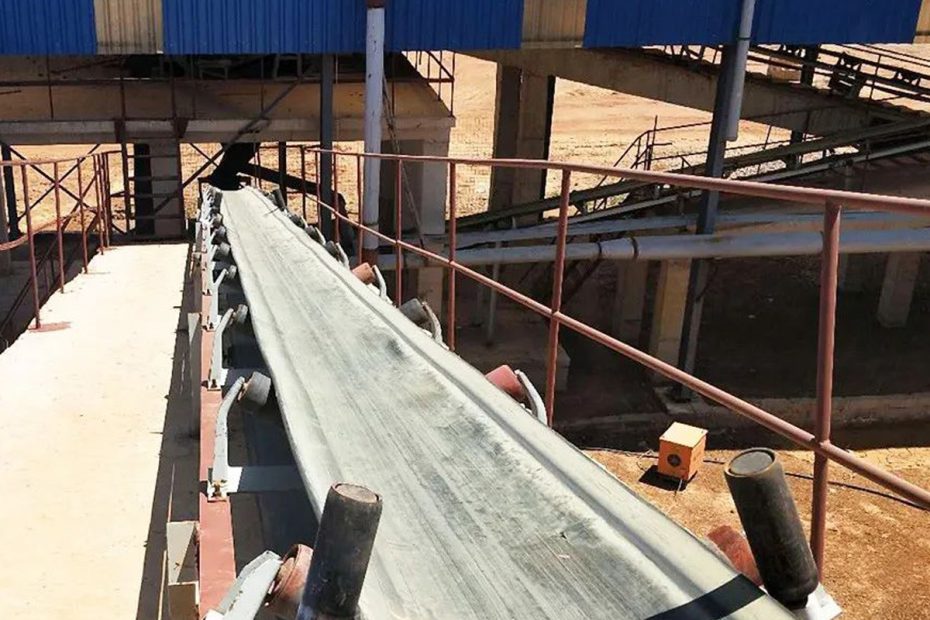Conveyor systems play a pivotal role in modern industries, facilitating the efficient movement of various objects. When it comes to conveying objects, they can be broadly categorized into box objects and bulk objects.
Box Objects and Their Significance
- Defining Box Objects: Box objects encompass a range of items such as cardboard boxes, wooden crates, and bags. Their common characteristic is their relatively rigid structure, making them suitable for transportation on conveyor belts.
- Conveying Boxes with Precision: Efficiently conveying box objects demands careful consideration of conveyor belt types, especially with regard to gradient angles. While a guide for gradient angles exists, it’s essential to remember that angles vary based on the nature of the objects being transported. The orientation of the box objects during steep transport needs to be carefully assessed, particularly when dealing with taller items that might topple over.

Conveyor Belts for Box Object Conveyance:
- Black Rubber Conveyor Belts: Black rubber conveyor belts are commonly used for conveying box objects. Three primary types of belts cater to different gradient angles:a) Flat Belt (0° to about 20°): Suited for modest gradient angles, the flat belt features a smooth surface. It’s ideal for horizontal or slightly inclined transport, but longer lengths are required for steeper inclines.b) Rough Top Belt (20° to 30°): Employing a mesh pattern with anti-slip grips, this belt type offers secure transport on steeper angles. It’s a popular choice due to its efficiency, especially when flat belts require excessive space or specialized setups.c) Belt with Cross Bar (Up to about 45°): This belt boasts plate-like cross bars attached to its surface. Objects are held in place by these cross bars, enabling steeper incline conveyance. While setting space requirements are smaller, the cost is relatively higher compared to other belt types.
- Resin Conveyor Belts: Resin conveyor belts offer versatility for conveying box objects. Variations similar to those in black rubber belts can be found, including flat, rough top, and belts with cross bars. Additional options include:a) Vertical Grooved Belts (20° to 30°): Vertical grooves aid in preventing lateral movement of objects, making it an alternative to the rough top belt.b) Specialized Resin Belts: Some resin belts offer the ability to convey objects on even steeper slopes than cross bar belts. The variety in resin belt options provides flexibility to match specific conveying needs.
- Gradient Angle and Belt Speed Relationship: The gradient angle of conveyance can be increased with slower belt speeds. A strategy employed is adjusting the belt speed based on the conveyed object type. Faster speeds enhance throughput, but excessive speeds may hinder objects from ascending. Thus, optimizing belt speed relative to the object type ensures efficient conveyance.
Conclusion
Conveyor systems tailored for conveying box objects are vital in various industries. The selection of appropriate conveyor belt types, based on gradient angles and object characteristics, determines the system’s efficiency and reliability. A clear understanding of these factors empowers industries to design conveyor systems that seamlessly transport box objects while optimizing performance and operational costs.
